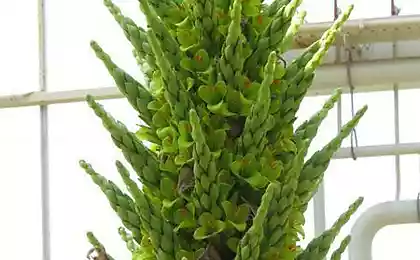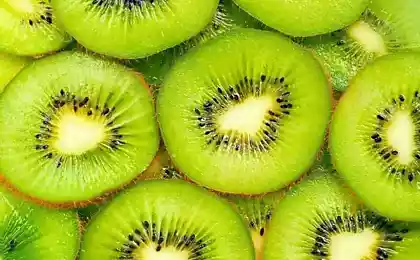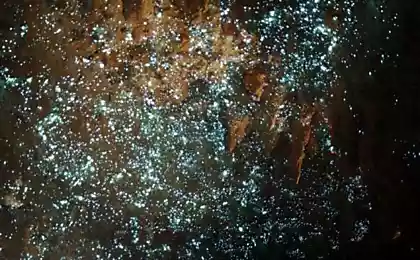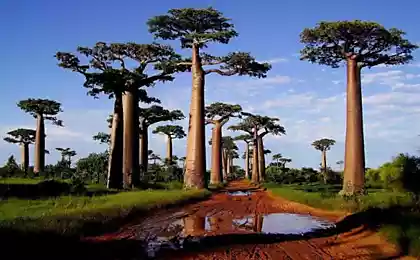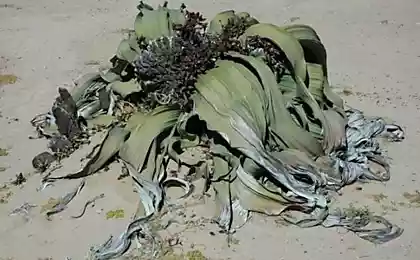920
Amazing trees
On our planet, a lot of wonderful plants. Especially in tropical countries, where the warm climate promotes luxuriant growth, the most amazing and unusual plants.
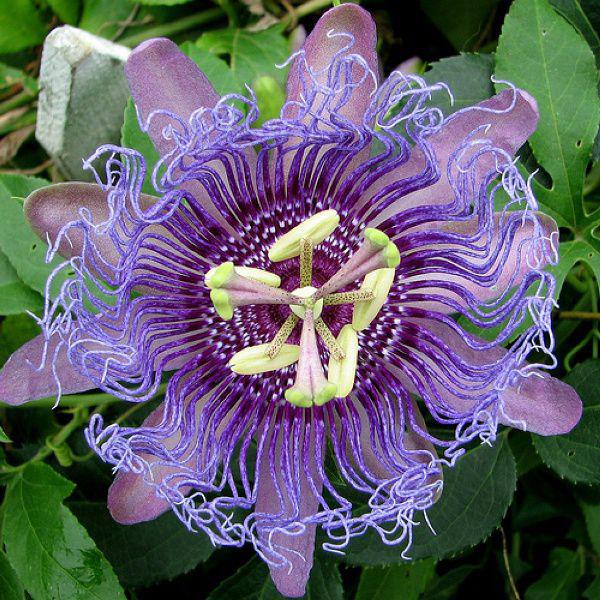
For example, in India, growing Kaliri - Kanda, perennial tree whose leaves have one unique feature - they suppress appetite and cause a person a feeling of satiety food.
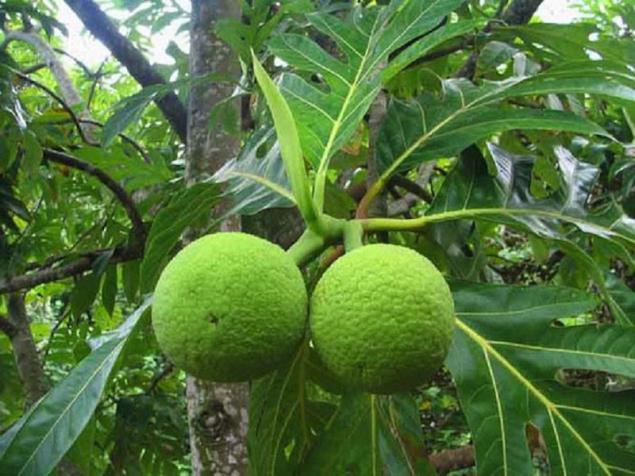
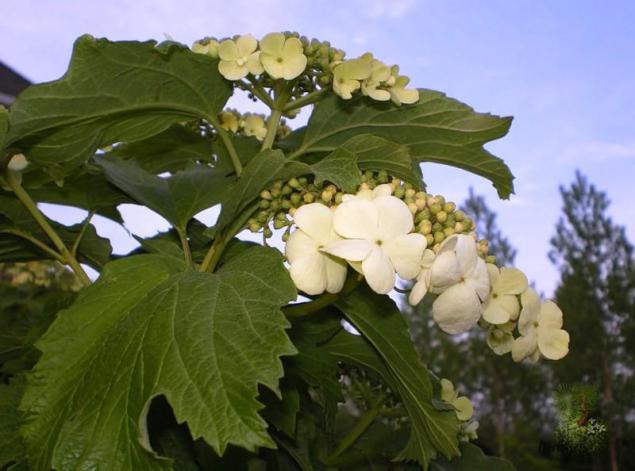
At the same time they do not have to eat pounds, enough to eat one - two sheets. In addition, the leaves contain a lot of nutrients - vitamins and minerals, but the calories - there are practically no.
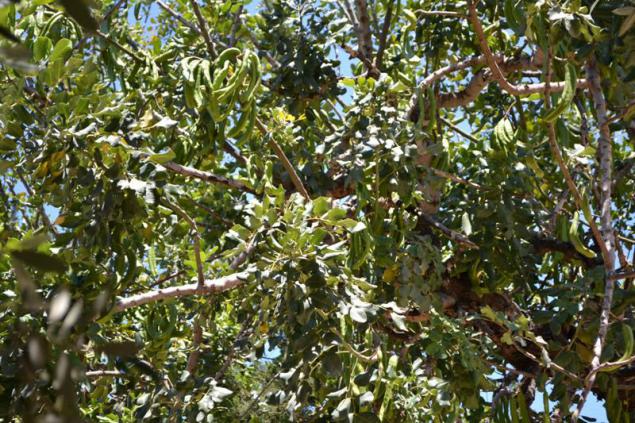
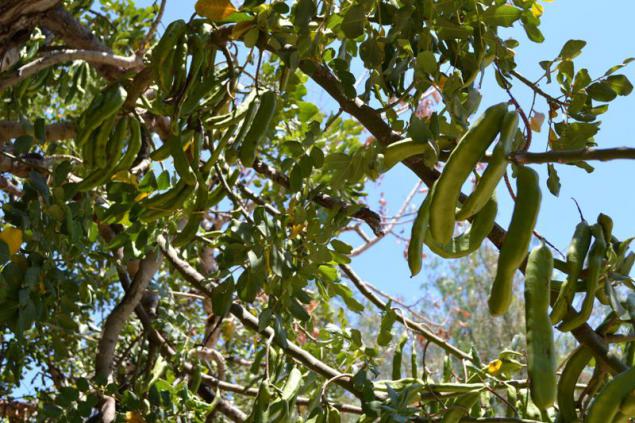
The leaves of this amazing plant - the ideal tool for those who want to lose weight and lose weight.
No less amazing plant that can be found in Egypt, Turkey, Spain and other countries, it Carob and carob.
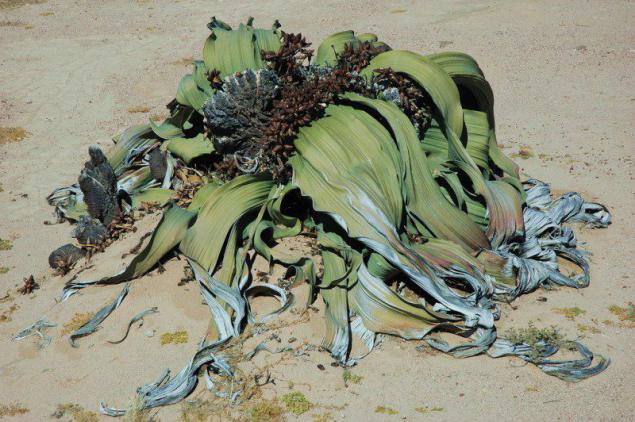
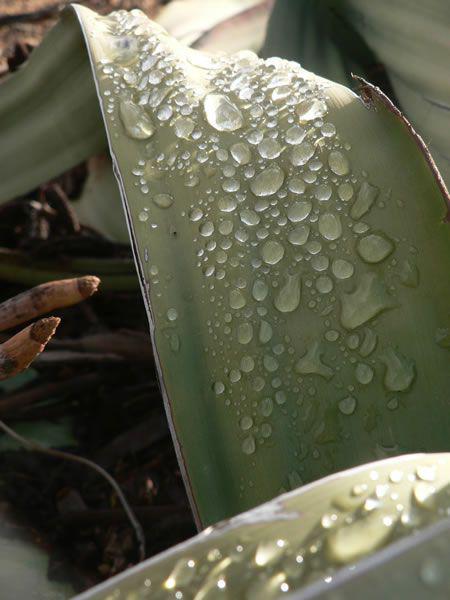
This amazing tree lives for several centuries, its leaves will never turn yellow, and the fruits are able to form a pod. The pod contains in addition to seeds, juicy and sweet flesh. From pods make goodies, syrups, liqueurs, used in baking, animal feed. It is also well known for the healing properties of the pods.

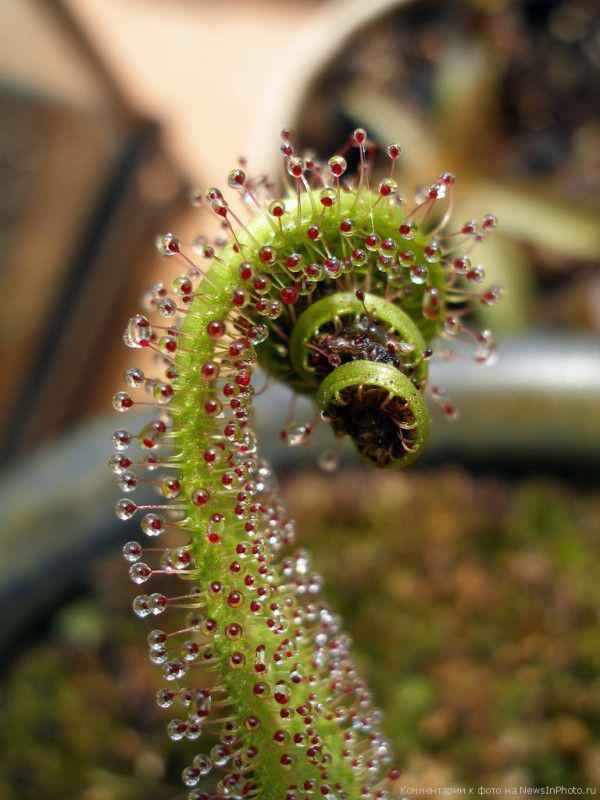
But the most surprising thing in this plant is that its seeds are always the same weight - 200 mg. It is these seeds and gave to the world, a measure of weight "carat" - from the Greek name of carob - "keratos".

Another wonderful plant originally from Africa. It Welwitschia amazing. It grows in the Kalahari and Namib deserts and resembles a bunch of garbage.
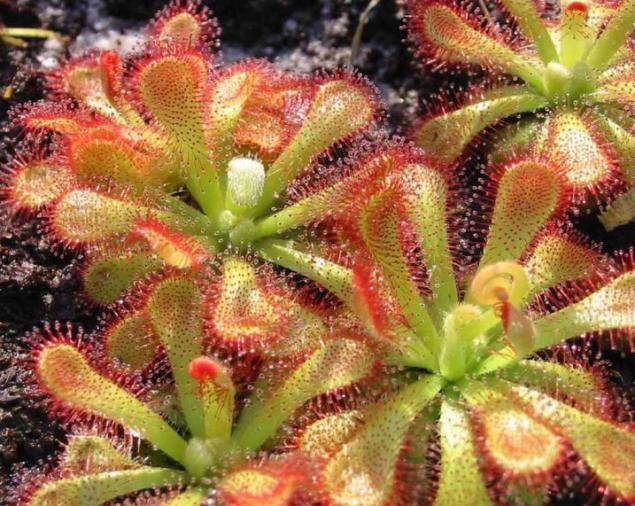
--img12--
Life expectancy of this miracle plant is enormous - about 2 thousand years. And throughout his life, the growth of its leaves, which are clubs on the surface, does not stop. These leaves, which can be reach 4 meters in length, and lurk secret of survival of this desert plant. It lies in the fact that they are able to absorb the moisture from the fog. On the leaves are microscopic stomata (up to 22 thousand per 1 sq cm), which absorb moisture collected on the leaves.
--img13--
--img14--
Beautiful representative of carnivorous plants - sundew is growing around the world.
--img15--
--img16--
It feeds on insects. The insect gets into a sticky substance that looks like a drop of dew, and then plant leaf covering it entirely.
--img17--
--img18--
The adhesive, which produces a plant not only has a paralytic effect on insects, but also contains digestive enzymes which digest the prey.
--img19--
--img20--
After digest the insect, leaf sundew opens again and again ready for a new hunt.
--img21--
--img22--
Interestingly, the list only responds to organic food, but it had the plant begins the process of digestion, ignoring all other substances.
--img23--
Source:

For example, in India, growing Kaliri - Kanda, perennial tree whose leaves have one unique feature - they suppress appetite and cause a person a feeling of satiety food.


At the same time they do not have to eat pounds, enough to eat one - two sheets. In addition, the leaves contain a lot of nutrients - vitamins and minerals, but the calories - there are practically no.


The leaves of this amazing plant - the ideal tool for those who want to lose weight and lose weight.
No less amazing plant that can be found in Egypt, Turkey, Spain and other countries, it Carob and carob.


This amazing tree lives for several centuries, its leaves will never turn yellow, and the fruits are able to form a pod. The pod contains in addition to seeds, juicy and sweet flesh. From pods make goodies, syrups, liqueurs, used in baking, animal feed. It is also well known for the healing properties of the pods.


But the most surprising thing in this plant is that its seeds are always the same weight - 200 mg. It is these seeds and gave to the world, a measure of weight "carat" - from the Greek name of carob - "keratos".

Another wonderful plant originally from Africa. It Welwitschia amazing. It grows in the Kalahari and Namib deserts and resembles a bunch of garbage.

--img12--
Life expectancy of this miracle plant is enormous - about 2 thousand years. And throughout his life, the growth of its leaves, which are clubs on the surface, does not stop. These leaves, which can be reach 4 meters in length, and lurk secret of survival of this desert plant. It lies in the fact that they are able to absorb the moisture from the fog. On the leaves are microscopic stomata (up to 22 thousand per 1 sq cm), which absorb moisture collected on the leaves.
--img13--
--img14--
Beautiful representative of carnivorous plants - sundew is growing around the world.
--img15--
--img16--
It feeds on insects. The insect gets into a sticky substance that looks like a drop of dew, and then plant leaf covering it entirely.
--img17--
--img18--
The adhesive, which produces a plant not only has a paralytic effect on insects, but also contains digestive enzymes which digest the prey.
--img19--
--img20--
After digest the insect, leaf sundew opens again and again ready for a new hunt.
--img21--
--img22--
Interestingly, the list only responds to organic food, but it had the plant begins the process of digestion, ignoring all other substances.
--img23--
Source:

